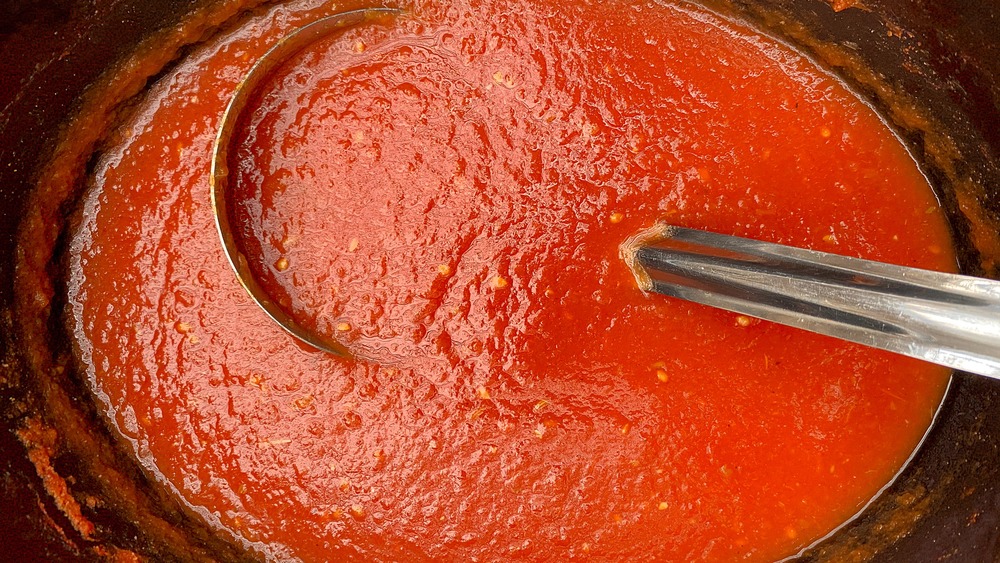Australia and New Zealand as butternut pumpkin or gramma, is a type of winter squash that grows on a vine. It has a sweet, nutty taste similar to that of a pumpkin. Percentages mashed butternut squash roughly approximated using US recommendations for adults.
The word squash comes from the Narragansett word askutasquash, meaning “eaten raw or uncooked”,, and butternut from the squash’s nutty flavor. Before the arrival of Europeans, C. North America where it could be grown, but butternut squash is a modern variety of winter squash. It was developed by Charles Legget of Stow, Massachusetts, in 1944 who crossed pumpkin and gooseneck squash varieties. Butternut squash will store for two to three months. Some varieties will keep up to six months.
For the best flavor, butternut squash should be left to cure for 2 months after harvest. One of the most common ways to prepare butternut squash is roasting. Once roasted, it can be eaten in a variety of ways. The fruit is prepared by removing the skin, stalk, and seeds, which are not usually eaten or cooked. In Australia, it is regarded as a pumpkin, and is used interchangeably with other types of pumpkin.

In South Africa, butternut squash is commonly used and often prepared as a soup or grilled whole. Butternuts were introduced commercially in New Zealand in the 1950s by brothers Arthur and David Harrison, nursery workers, and Otaki market gardeners. Commercial production of pumpkins and grammas”. How Did the Squash Get its Name? Butternut squash a brilliant choice for color and nutrition”.
Butternut Squash Seed Oil Is Exactly What Your Pantry Has Been Missing”. The strange history of the butternut”. Wikispecies has information related to Cucurbita moschata. 1 208 208 208c52 0 99. This post may contain affiliate links. This easy roasted butternut squash recipe can be made with either diced or halved butternut squash.
Plus, ideas for various seasonings that you are welcome to add too! This easy roasted butternut squash recipe can be made with either diced or halved butternut squash. Gimme Some Oven: This BEST roasted butternut squash recipe — easy to make with either diced or halved butternut squash. Plus ideas for various seasonings you can add too! Alright, after a brief refresher yesterday on how to cut butternut squash, I’m back today with all of my best tips for how to roast butternut squash in the oven!
There are two basic methods I tend to use most — either roasting the squash in two large halves, or dicing it up to roast in smaller cubes. To be sure, the easiest option here is to simply roast two butternut squash halves. There’s no tedious dicing required, and the squash will roast up beautifully in the oven in less than an hour. Once it is cooked, the squash can be scooped out of its skin and added to any recipe that doesn’t require diced squash, such as butternut squash soups, mashes, sauces, risottos, baked goods, etc.
That said, probably the most popular method for making roasted butternut squash is to dice it into cubes. The cubes have the added bonus of getting all crispy and golden and caramelized on the outside, while staying nice and tender on the inside. And they will hold their shape well when added to anything from salads to pastas, tacos, curries, and more. Or, they also make for a delicious easy side dish served just on their own. Here are my best methods for how to make both styles of roasted butternut squash!
I’ve also included lots of tips here about how to select a perfectly ripe butternut squash at the market. Roasted Butternut Squash Ingredients: But today we’re talking specifically about roasting butternut squash — yum. Olive oil: Or any other neutral-flavored oil that you prefer. Sea salt: I recommend always sprinkling your roasted butternut squash with some fine sea salt. When roasting butternut squash, you are welcome to cut the squash into whatever size of cubes that you prefer. Of course, the larger the cubes, the longer they will take to cook and the crispier the outsides will be. The smaller the cubes, the faster they will cook, and the edges may not get quite as golden.
